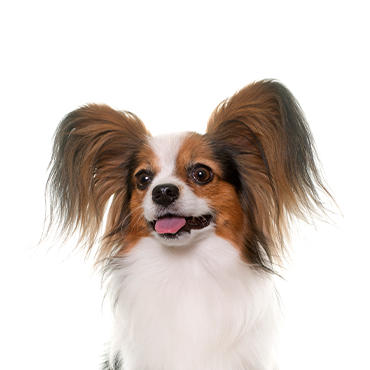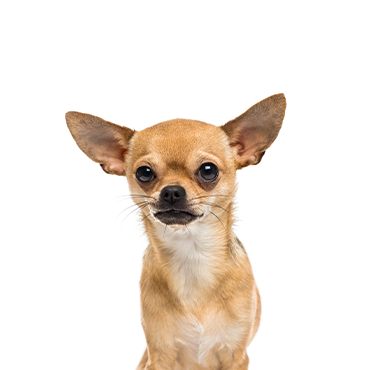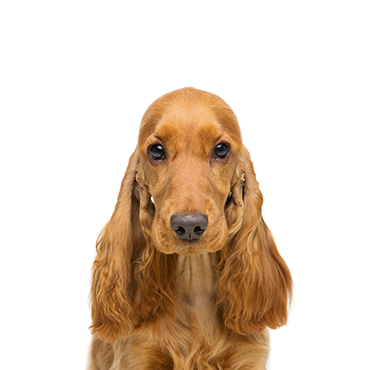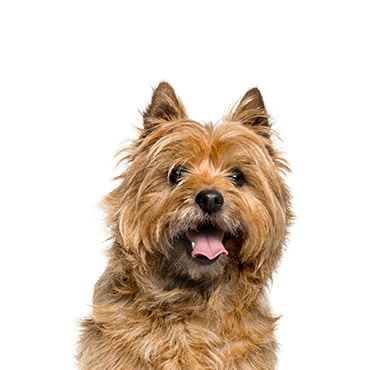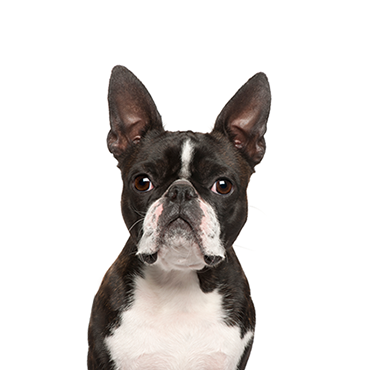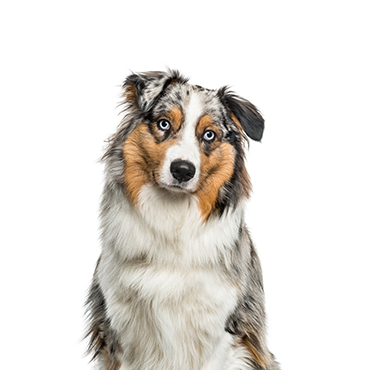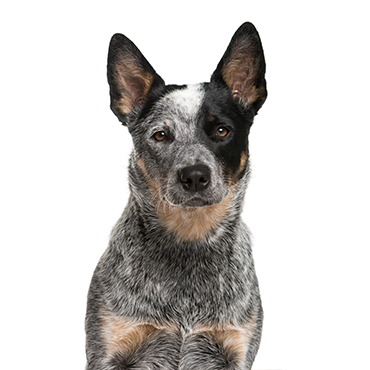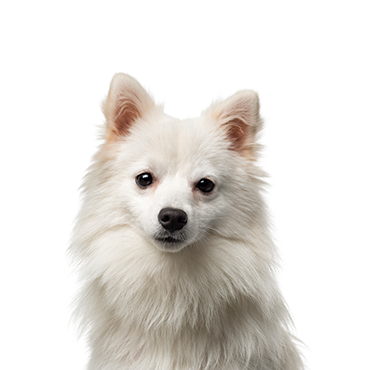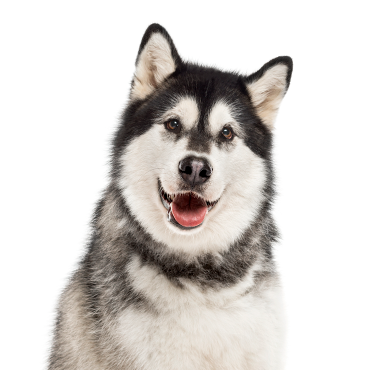Breeds
May 27, 2025 |
Categories:
Papillon
May 27, 2025 |
Categories:
Chihuahua
May 27, 2025 |
Categories:
Cocker Spaniel
May 27, 2025 |
Categories:
Cairn Terrier
May 27, 2025 |
Categories:
Boston Terrier
May 27, 2025 |
Categories:
Australian Shepherd
May 27, 2025 |
Categories:
Australian Cattle Dog
May 27, 2025 |
Categories:
American Eskimo
May 27, 2025 |
Categories:
Alaskan Malamute
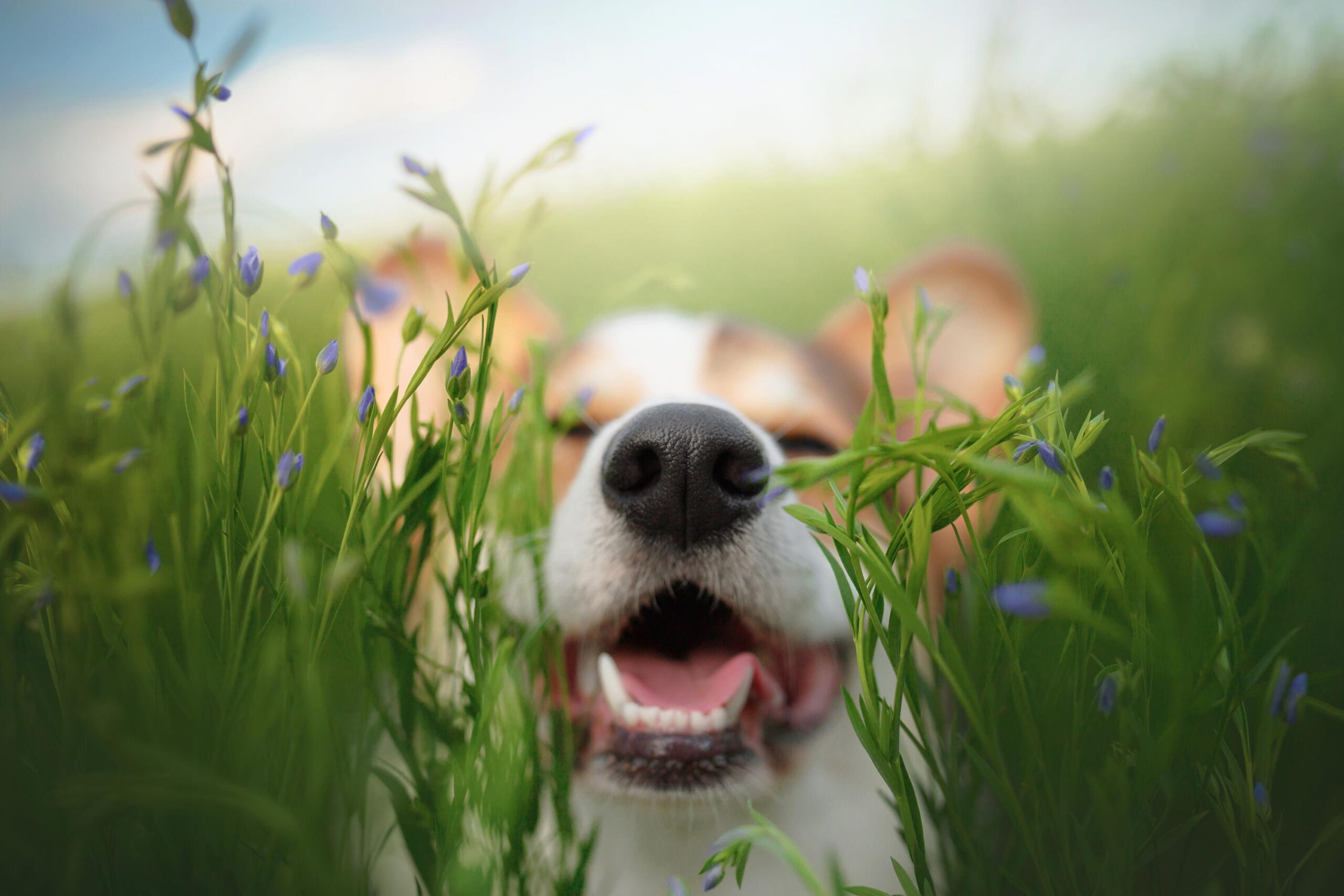
Happy. Healthy. Home-Ready.
Every puppy is vet-checked and lovingly raised for a smooth transition into your family.
Trustindex verifies that the original source of the review is Google. Staff was AMAZING from the phone call to the in-store visit!! Thank y'all for my New Addition!! Cartier has bought so much joy into our home!! :)Trustindex verifies that the original source of the review is Google. I was passing through Virginia for a horse show and stopped in to Pet N Pals to look and see if they had any dachshund puppies. Pet n pals employees were extremely friendly and went above and beyond to see if I had a connection with a puppy. I found one I really liked and couldn’t leave without her! Pepper is enjoying her life in Florida! Thank you to everyone at pet n pals and I really wish I could remember the lady that took me through the whole process and texted me advice and answers to questions I had. Thank you guys!Trustindex verifies that the original source of the review is Google. The self-serve washing station was awesome! Provides brushes, soap, a towel, and a pressure blower; all of which works great! The staff were also very kind and patient the entire time!Trustindex verifies that the original source of the review is Google. The staff are super great and helped me get my very first puppy! Super grateful for the experience I had with them!Trustindex verifies that the original source of the review is Google. Have yall ever used the dog wash at tractor supply? You’re in a box and it’s loud and hot and lots of other things! I took my dog into the new self serve dog wash at this establishment and boy let me tell you GAME CHANGER!!!! No time limits, friendly staff, it’s open so the sound doesn’t bounce off the walls, it’s not hot and the water temp is spot on and they have a couple different things to choose from as far as soaps for your pup!! The dryer is fast and efficient and the price??!! Affordable! So go ahead and get your pups in there and have them all fresh and clean!!!Trustindex verifies that the original source of the review is Google. This place is fantastic!! We got our lovely mini daschund Apple from here. The staff is welcoming and friendly. The dogs appear happy and healthy. Our baby is healthy and so sweet. I love the fact they personally vet the breeders so you are not supporting back yard breeding.Trustindex verifies that the original source of the review is Google. They are wonderful and take pride in caring for all these precious animals. Their follow up is amazing.Trustindex verifies that the original source of the review is Google. Amazingly friendly staff!! Do not have any regrets with our puppy purchase from them. Would highly recommend them if looking for a puppy.Trustindex verifies that the original source of the review is Google. We were lost when our yorkipoo came up missing. My husband came here to find us the perfect dog and he did. The staff is super friendly and they also follow up after you have purchased.
Our Hours
- 12pm - 7pm
- 12pm - 5pm
Our hours are subject to change due to holidays, inclement weather, etc. Alternate hours will be listed on Facebook.
